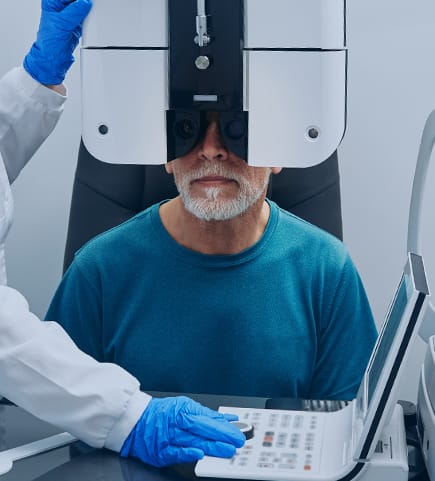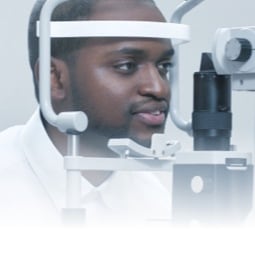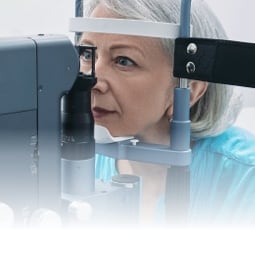Preserving Your Vision & Ocular Health with Eye Exams
Seeing things clearly can make everyday tasks easier, but eye health is more than what you can see from a distance. Regular eye exams are essential for preventative health care. Monitoring even the smallest of changes to eye structures and vision helps your eye doctor detect early signs of eye problems, from dry eye to diabetic eye disease.
Comprehensive eye exams are crucial for assessing your visual system and whole body health. A vision screening is only one test performed during a routine eye exam. With diagnostic technology, your optometrist can see a lot about your health through your eyes, including significant medical conditions such as heart disease, cancer, or thyroid disease.
At Santa Cruz Optometry, we strive to make you feel comfortable and confident that you’re receiving the best care possible. Whether you need to update your prescription lenses or have questions about your eye health, we’re here for you. Contact us today to book an eye exam in Santa Cruz.
When Should You Book an Eye Exam?
How often you should book a comprehensive eye exam depends on your unique eye health and vision needs. Eye exam frequency is based on life stages and risk factors. The guidelines are general, and your optometrist can offer personalized a recommendation after getting to know your vision.
According to the American Association of Optometry (AOA), recommendations for adult eye exams are as follows:
- Low-risk patients 18–64: at least one eye exam every 12-18 months
- Patients 65+: at least one eye exam annually
- High-risk patients: at least once annually or as recommended


What to Expect at an Eye Exam
The vision test is the most recognizable part of an eye exam, which commonly involves identifying letters on a chart (Snellen chart). Besides assessing near or far vision, your optometrist will use various diagnostic tools to determine your eye health and visual abilities.
Your optometrist will also discuss your personal and family health history. At this time, patients are encouraged to ask questions. Knowing your concerns allows your eye doctor to personalize evaluations and help you understand your vision.
Some aspects your optometrist will assess during your exam include visual acuity, eye movement, and eye structures.
Visual Acuity
The Snellen eye chart is a standard test for distance vision. When a patient needs corrective eyewear, an optometrist uses a phoropter to determine lens power. Your optometrist will switch between lenses, typically asking, “Which is better, lens 1 or 2?” There are no wrong answers! Your optometrist writes a prescription based on which lens power offers clear vision.
Eye Movement
Eye movement is essential to how our eyes function. For example, when your optometrist performs an ocular motility test, they assess eye alignment and eye muscle control. Moving your eyes left, right, up, and down is one part of the assessment, but other structures movement—from your eyelids to your lens—is also crucial for healthy vision.
Eye Structures
The insides of your eye are as essential as the outsides. Internal structures direct and transmit visual information to your brain. Every tissue in the eye plays a role in how vision works.
During an eye exam, your optometrist may dilate your pupils to get a better look at structures at the back of your eye, including the retina and optic nerve. Your optometrist will inform you before the exam date if you should arrange a ride home, as dilation can cause blurry vision.
Come See What We’re About

Visit us
Visit our team at Santa Cruz Optometric Center at our downtown location!
- 904 Cedar St
- Santa Cruz, CA 95060
Hours of Operation
- Monday: 9:00 AM – 5:00 PM
- Tuesday: 9:00 AM – 5:00 PM
- Wednesday: 9:00 AM – 5:00 PM
- Thursday: 9:00 AM – 5:00 PM
- Friday: 9:00 AM – 5:00 PM
- Saturday: Closed
- Sunday: Closed


Our Brands



Our Google Reviews
Be the First to Know,
Be the First to Win.
From eye health insights to exclusive giveaways, your feed just got a lot clearer.








